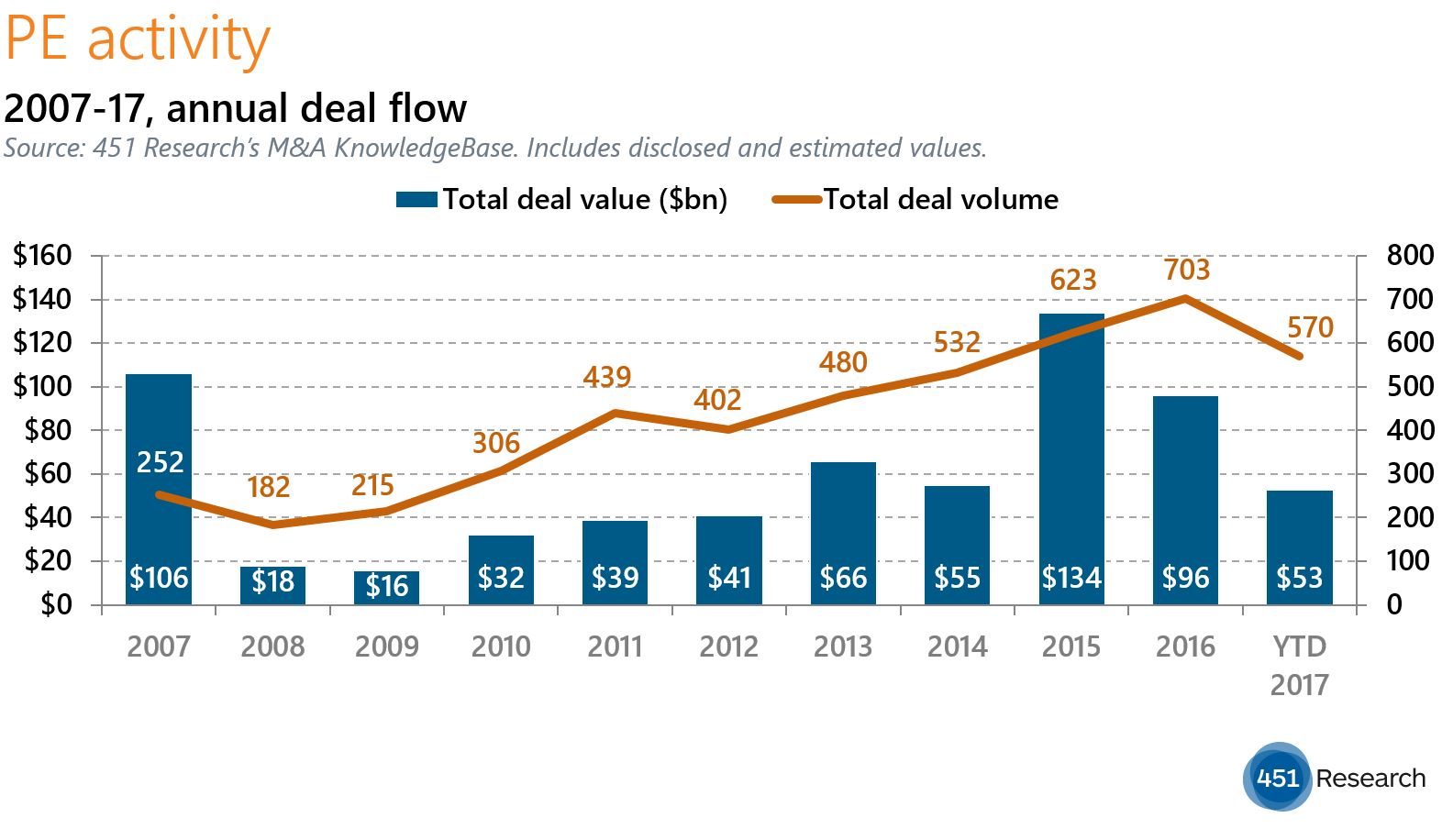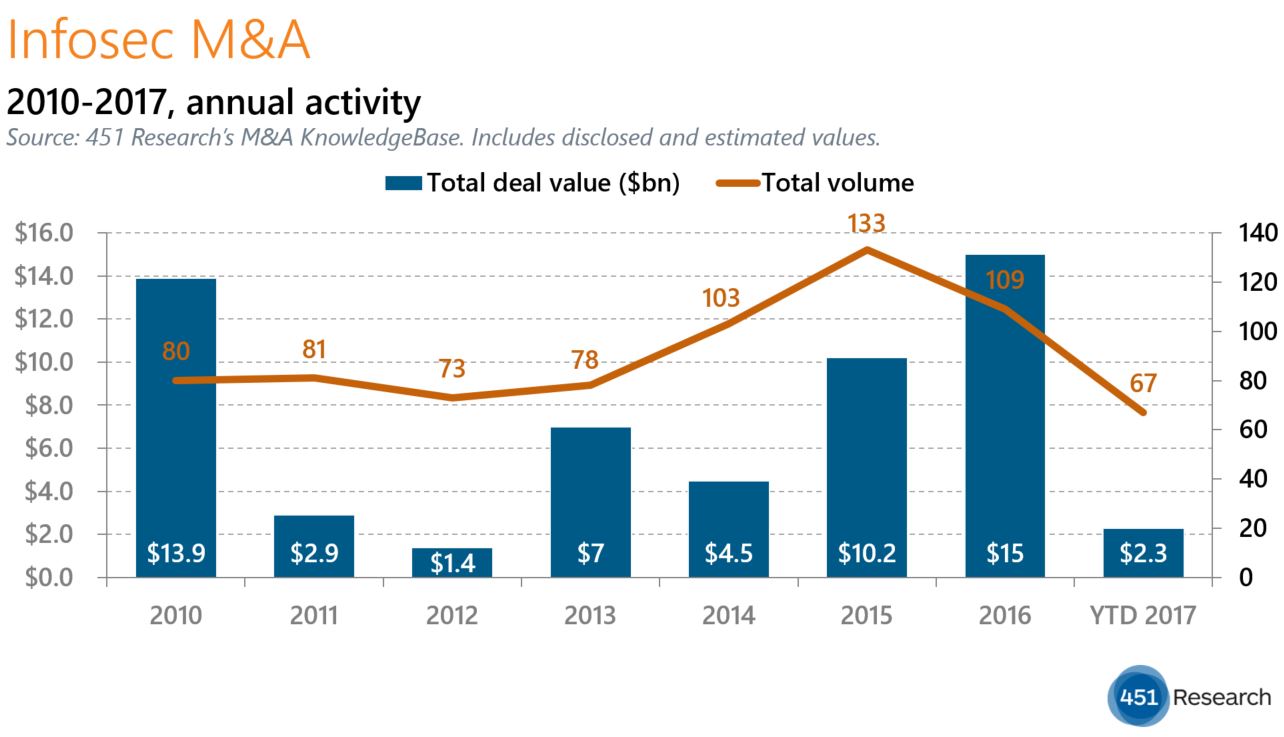Contact: Brenon Daly
Another unicorn is set to gallop onto Wall Street, as MongoDB has put in its IPO paperwork. The open source NoSQL database provider plans to raise $100m in the offering, on top of the $311m it drew in from private-market investors over the past decade. As has been the case in other recent tech offerings, however, some of those later investors in MongoDB may well find that the IPO represents a ‘down round’ of funding.
Any discount for MongoDB likely won’t be as steep as the discount Wall Street put on the previous data platform provider to come public, Cloudera. Investors currently value the Hadoop pioneer at $2.2bn, slightly more than half its peak valuation as a private company. For its part, MongoDB, which last sold stock at $16.72, has more than 100 million shares outstanding, giving it a valuation of roughly $1.7bn.
While not directly comparable, Cloudera and MongoDB do share some traits that lend themselves to comparison. Both companies have their roots in open source software, and wrap some services around their licenses. (That said, MongoDB has gross margins more in line with a true software vendor than Cloudera. So far this year, it has been running at 71% gross margins, compared with just 46% for Cloudera.) Further, both companies are growing at about 50%, even though Cloudera is more than twice the size of MongoDB.
Assuming Wall Street looks at Cloudera for some direction on valuing MongoDB, shares of the NoSQL database provider appear set to hit the public market marked down from the private market. Cloudera is valued at slightly more than six times its projected revenue of $360m for the current fiscal year. Putting that multiple on the projected revenue of roughly $150m for MongoDB in its current fiscal year would pencil out to a market cap of about $920m. Given its cleaner business model and less red ink, MongoDB probably deserves a premium to Cloudera. While MongoDB certainly may top the $1bn valuation on its debut, reclaiming the previous peak price seems a bit out of reach.
For more real-time information on tech M&A, follow us on Twitter @451TechMnA.




